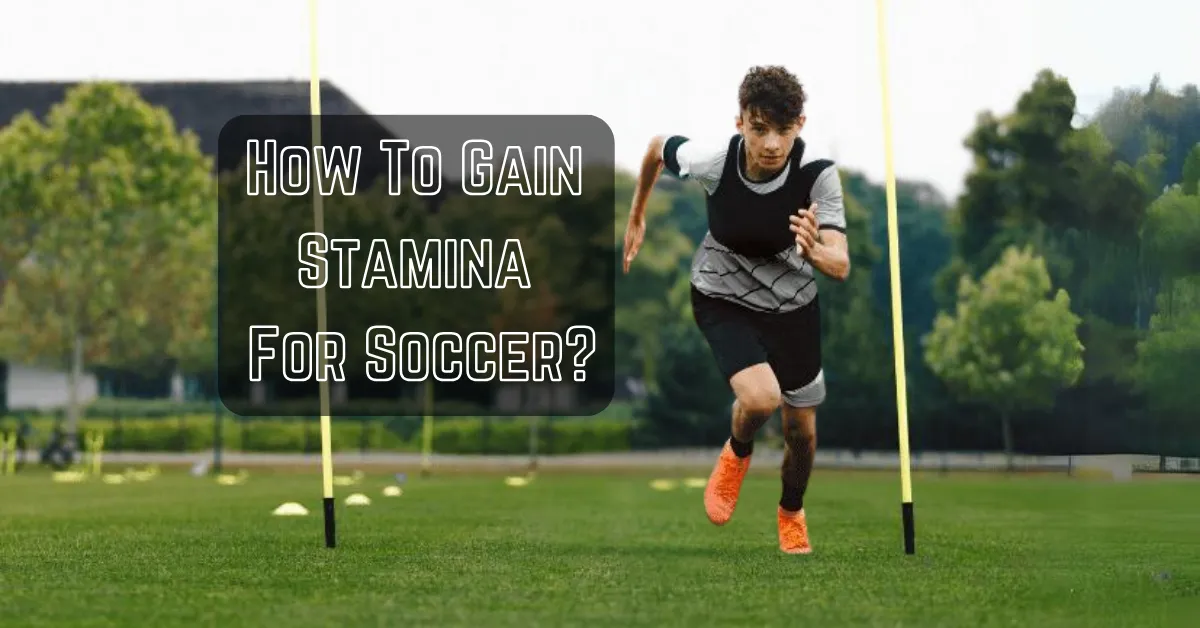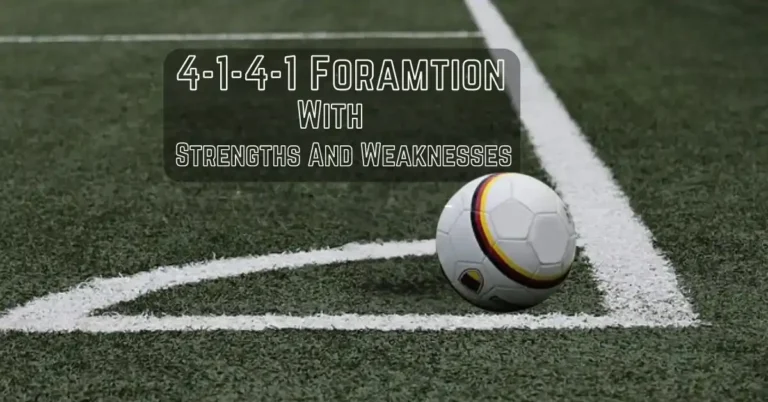How To Gain Stamina For Soccer? Best Drills, Exercises, And Tips
In soccer, stamina is not just an asset; it’s a necessity. This necessity can decide victory or defeat in soccer. You should know the importance of stamina in soccer and should also know how to gain stamina for soccer.
Stamina in soccer refers to sustaining prolonged physical effort throughout a match. It involves aerobic endurance, which powers continuous movement, and anaerobic capacity, essential for short bursts of intense activity.
How To Gain Stamina For Soccer?
To improve your soccer stamina, it’s important to do both aerobic and anaerobic exercises. Spend time doing soccer drills that boost your endurance. Follow a healthy diet plan similar to what professional soccer players eat, and practice soccer daily.
Best Drills for Gain Stamina For Soccer
Here are the 5 best soccer drills that will increase your stamina for soccer.
Interval Runs
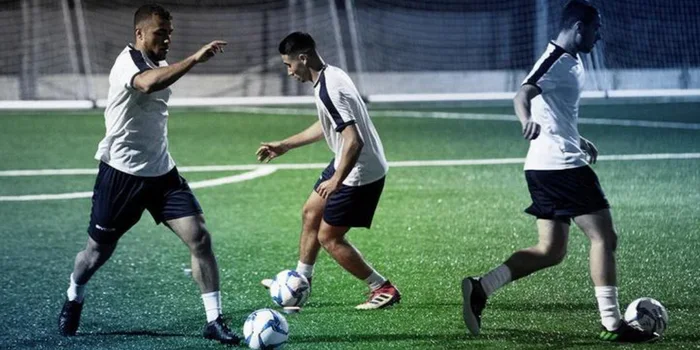
Interval runs involve alternating between periods of high-intensity sprints and moderate-paced jogs or walks.
How To Do The Interval Runs Drill?
Set up markers or cones about 50-100 meters apart. Sprint from one marker to the next at maximum effort, then slow down to a jog or walk back to the starting point. Repeat this process for a set duration or number of repetitions.
Objective Of The Interval Runs Drill
This drill helps improve cardiovascular endurance and mimics the intermittent nature of soccer matches, where players need to sprint, recover, and repeat throughout the game.
Shuttle Runs

Shuttle runs involve short bursts of sprinting with quick changes of direction.
How To Do The Shuttle Runs Drill?
Set up markers or cones in a straight line about 5-10 meters apart. Sprint from the starting point to the first marker, touch the ground, then sprint back to the starting point. Continue this pattern, increasing the distance or number of repetitions as fitness improves.
Objective Of The Shuttle Runs Drill
This drill enhances agility, acceleration, and anaerobic endurance, which are crucial for soccer players during sudden changes in play and short sprints.
Se Also Rules For Subs In Soccer
Circuit Training
Circuit training involves a series of different exercises performed in succession with minimal rest.
How To Do The Circuit Training Drill?
Create a circuit consisting of exercises like jumping jacks, burpees, high knees, lunges, and mountain climbers. Perform each exercise for a set amount of time or repetitions before moving to the next one. Complete the circuit multiple times with short rest intervals between rounds.
Objective Of The Circuit Training Drill
Circuit training improves overall muscular endurance, cardiovascular fitness, and mental toughness, simulating the physical demands of a soccer match.
Pyramid Sprints
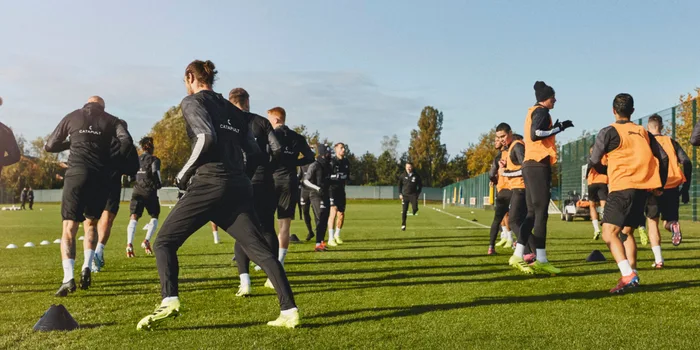
Pyramid sprints involve gradually increasing and then decreasing the distance of sprints.
How To Do The Pyramid Sprints Drill?
Start with a short sprint (e.g., 20 meters), then immediately follow it with a longer sprint (e.g., 40 meters), and continue increasing the distance with each sprint (e.g., 60 meters, 80 meters, 100 meters). After reaching the longest distance, work back down the pyramid until reaching the shortest sprint distance again.
Objective Of The Pyramid Sprints Drill
This drill builds both aerobic and anaerobic endurance while challenging players to maintain speed and form over varying distances.
Fartlek Training
Fartlek, which means “speed play” in Swedish, involves alternating between fast running and slower jogging periods.
How To Do The Fartlek Training Drill?
During a run, vary your speed by alternating between fast sprints and slower jogs or recovery periods. There are no set distances or times for each interval; instead, the intensity is based on terrain, fitness level, and personal goals.
Objective Of Fartlek Training Drill
Fartlek training improves aerobic and anaerobic fitness, as well as mental resilience, as players learn to adapt to changing paces and conditions during a game.
See Also Goalkeeper Attributes
best exercises for getting stamina in soccer

Soccer-Specific Drills
Incorporate drills that mimic the movements and demands of soccer, such as dribbling, passing, shooting, and defensive maneuvers. This helps improve endurance while also refining soccer skills.
How to do it?
Design drills that involve sprinting, changing direction, and executing soccer-specific movements. For example, set up a small-sided game or a passing sequence with short rest intervals to simulate game-like conditions.
High-Intensity Interval Training (HIIT)
HIIT combines short bursts of intense exercise with brief recovery periods. It’s an efficient way to improve cardiovascular fitness and endurance.
How to do it?
Perform exercises such as sprinting, jumping jacks, burpees, or mountain climbers at maximum effort for 20-30 seconds, followed by 10-20 seconds of rest. Repeat for 10-15 minutes, gradually increasing the duration and intensity over time.
Plyometric Exercises
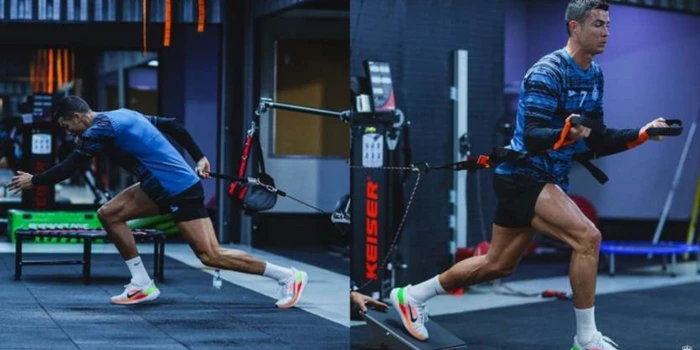
Plyometrics involve explosive movements that improve power, speed, and agility, all of which contribute to overall stamina on the field.
How to do it?
Include exercises like box jumps, squat jumps, bounding, and lateral hops. Focus on generating maximum force with each movement and landing softly to absorb shock.
Best tips for getting stamina in soccer

Here are some of the best tips that will help you to gain stamina for soccer.
- Training Session: Focus on all training and be serious for every training. Cardiovascular Fitness Training, Interval Training, Long-Distance Running, and Strength Training are important training sessions for getting stamina in soccer.
- Flexibility and Mobility: Maintain good flexibility and mobility through regular stretching and mobility exercises. This can help prevent injuries and ensure that your muscles perform optimally throughout the game.
- Proper Nutrition: Fuel your body with a balanced diet rich in carbohydrates, protein, healthy fats, vitamins, and minerals. Carbohydrates provide the energy needed for endurance activities, while protein supports muscle repair and recovery.
- Hydration: Stay adequately hydrated before, during, and after training sessions and matches. Dehydration can significantly impact your performance and endurance, so drink water regularly throughout the day.
- Rest and Recovery: Allow your body enough time to rest and recover between training sessions. Adequate sleep is essential for muscle repair and overall performance, so aim for 7-9 hours of quality sleep each night.
- Consistency: Consistency is key to improving stamina. Stick to a regular training schedule and gradually increase the intensity and duration of your workouts over time. Set realistic goals and track your progress to stay motivated.
- Game Simulation: Incorporate drills and exercises that simulate the demands of a soccer game, such as sprints, changes of direction, and quick transitions between offense and defense. This will help you adapt to the specific physical challenges of the sport and improve your endurance on the field.
FAQs
Train regularly with a focus on cardiovascular exercises, interval training, strength training, and flexibility work. Maintain proper nutrition, hydration, and rest, while also practicing soccer-specific drills and exercises.
Increase stamina through consistent cardiovascular workouts, interval training, strength exercises, flexibility work, proper nutrition, hydration, rest, and a structured training routine.
Footballers build stamina by incorporating cardiovascular training, interval training, strength exercises, flexibility work, proper nutrition, hydration, rest, and consistent practice of football-specific drills and exercises.
Conclusion
Building stamina for soccer requires a comprehensive approach that addresses both physical and mental aspects of fitness. By incorporating targeted training methods, proper nutrition, adequate rest, injury prevention strategies, and game-specific tactics, players can optimize their performance and excel on the field.

